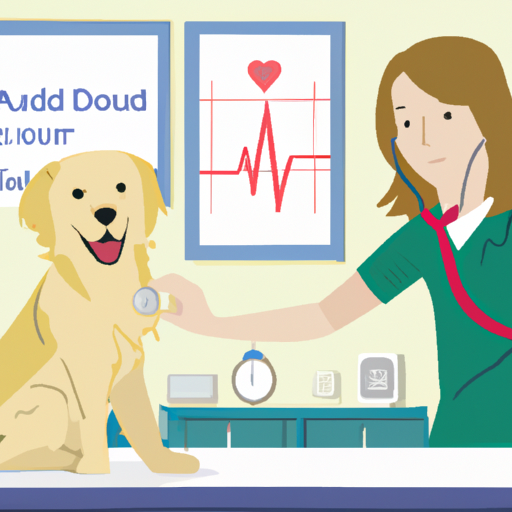“`markdown
How to Take a Dog’s Pulse
Understanding Why It’s Important
As a caregiver, you always want to ensure the health and safety of your loved ones, including your four-legged family members. Knowing how to check your dog’s pulse can be a game-changer in critical situations. It allows you to monitor your dog’s health and respond promptly if anything seems unusual.
Locating the Pulse
-
The easiest place to find your dog’s pulse is the femoral artery, located in the inner thigh. Here’s how to do it:
-
Gently lay your dog on its side.
- Place your hand on the inside of the upper thigh, where the leg meets the body.
-
Feel for a slight bump or twitch – that’s the pulse.
-
Other pulse points are located at the base of the tail and on the dog’s paw pads, though these can be trickier to find.
Taking the Pulse
When you’ve located the pulse, it’s time to measure it. Remember, you’re not just counting beats:
- Rate: Count how many beats occur in 15 seconds, then multiply by four to get the beats per minute (BPM).
- Rhythm: Does the pulse beat steadily, or is it irregular?
- Strength: Is the pulse strong and easy to feel, or weak and faint?
| Pulse Characteristic | What it Means |
|---|---|
| High Rate | Possible fever, pain, or anxiety |
| Low Rate | Heart disease, poisoning, or other serious conditions |
| Irregular Rhythm | Heart disease or arrhythmia |
| Weak Pulse | Shock, heart disease, or blood loss |
When to See a Veterinarian
If you notice any abnormalities in your dog’s pulse, it’s crucial to contact your vet immediately. This includes a pulse that’s too fast or slow, an irregular rhythm, or a weak pulse.
Frequently Asked Questions
Q: What’s a normal pulse rate for a dog?
A: Depending on the size and breed, a dog’s normal resting pulse rate can range between 60-140 BPM.
Q: How often should I check my dog’s pulse?
A: Regularly checking your dog’s pulse can help you understand what’s normal for your pet. Try to do it once a month or anytime your dog seems unwell.
Q: What if I can’t find my dog’s pulse?
A: If you’re having trouble finding your dog’s pulse, don’t panic. Try another pulse point or consult with your vet for further guidance.
“`



